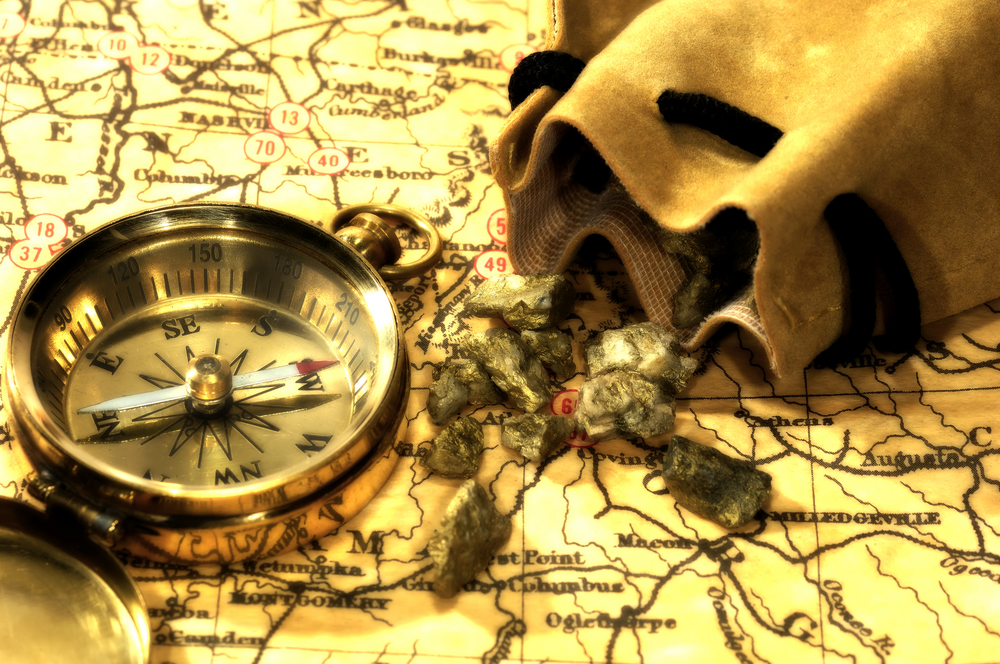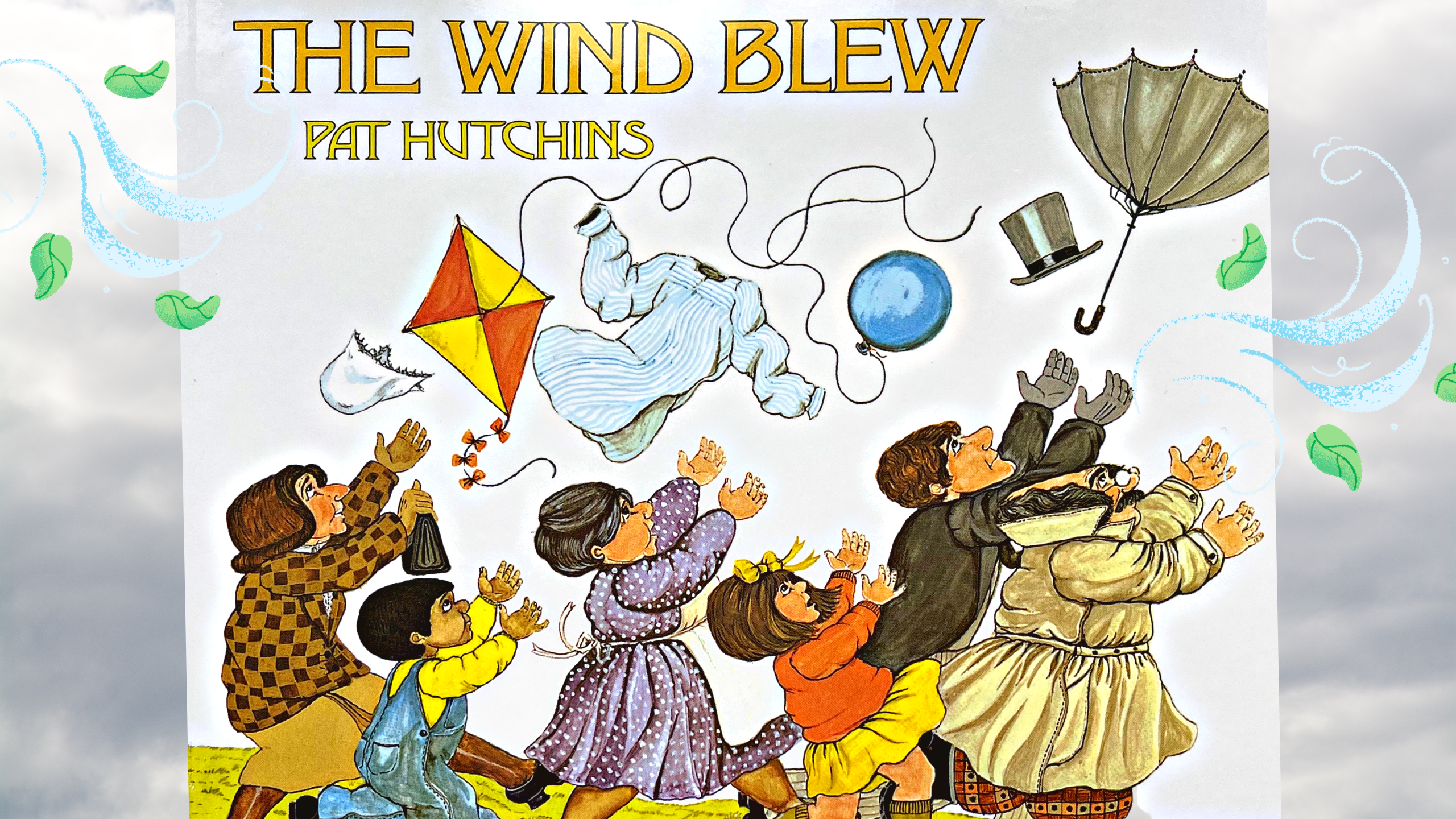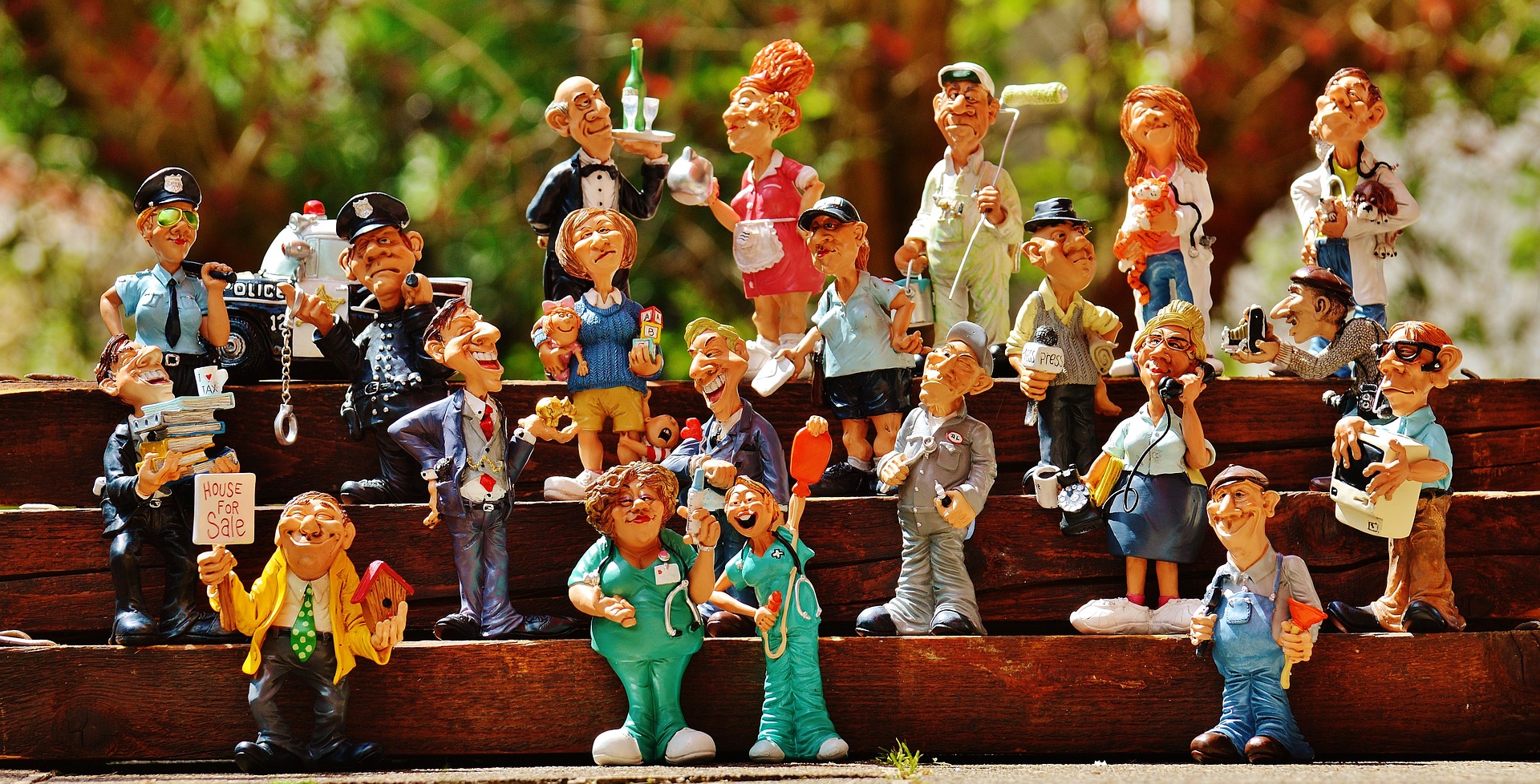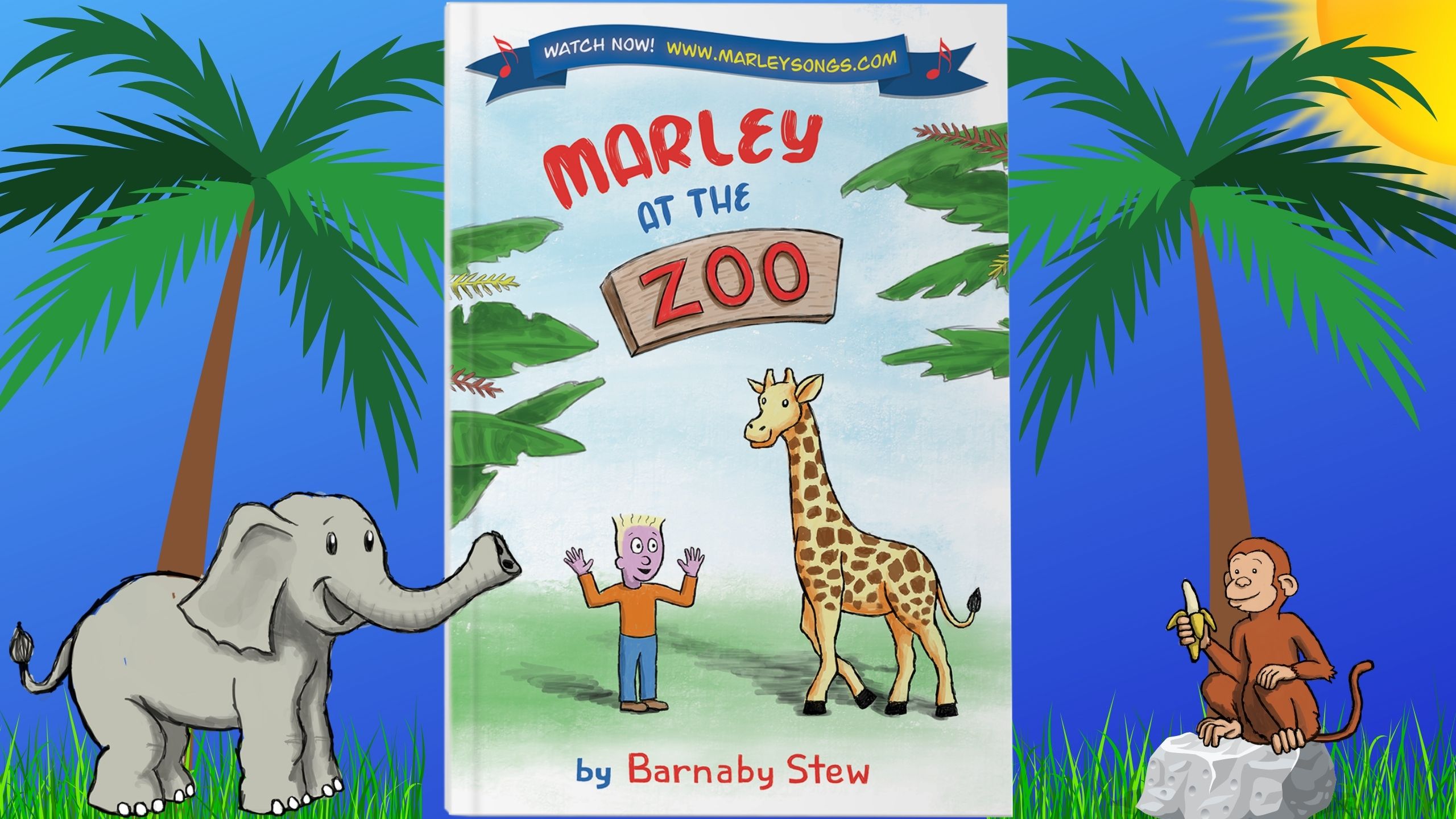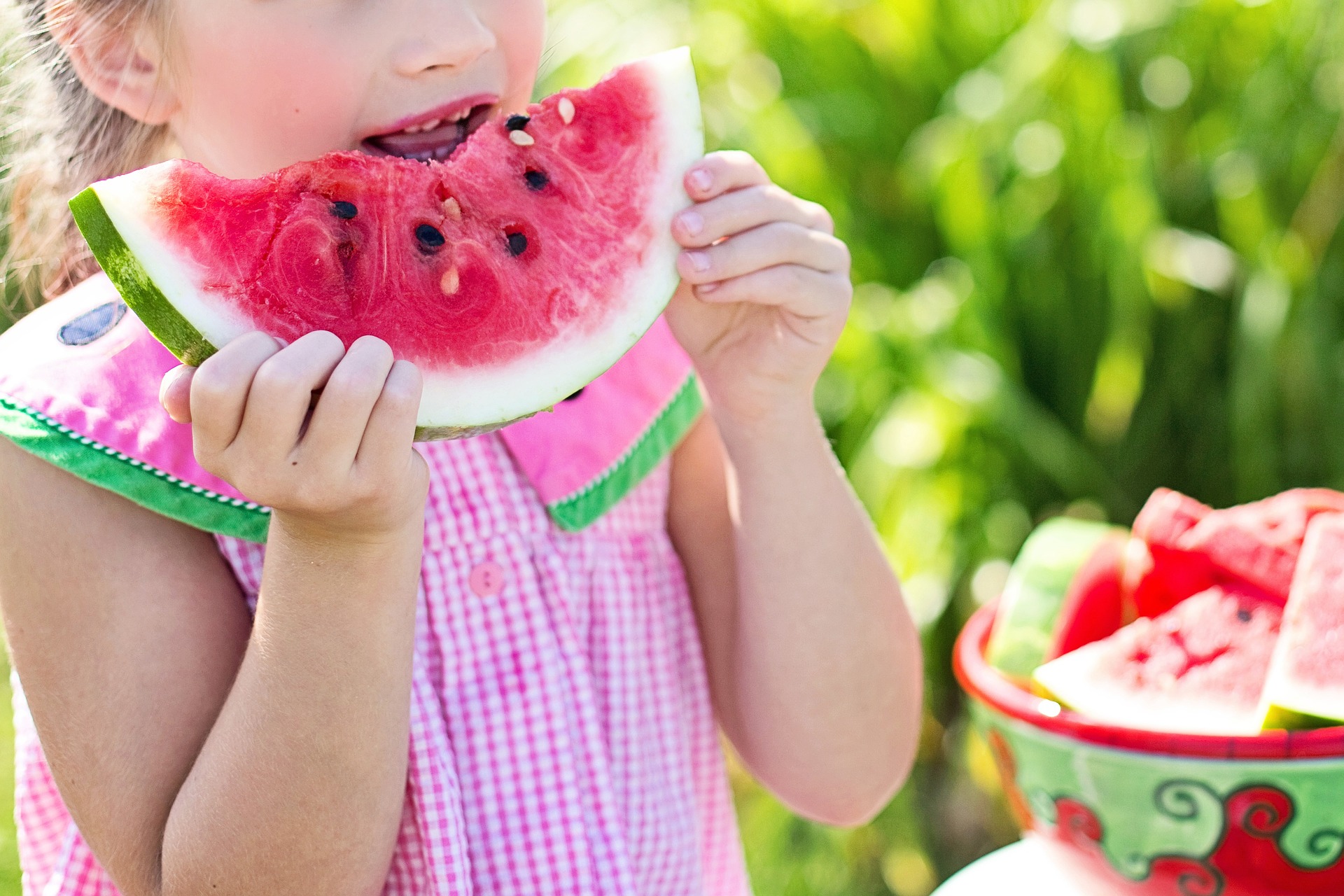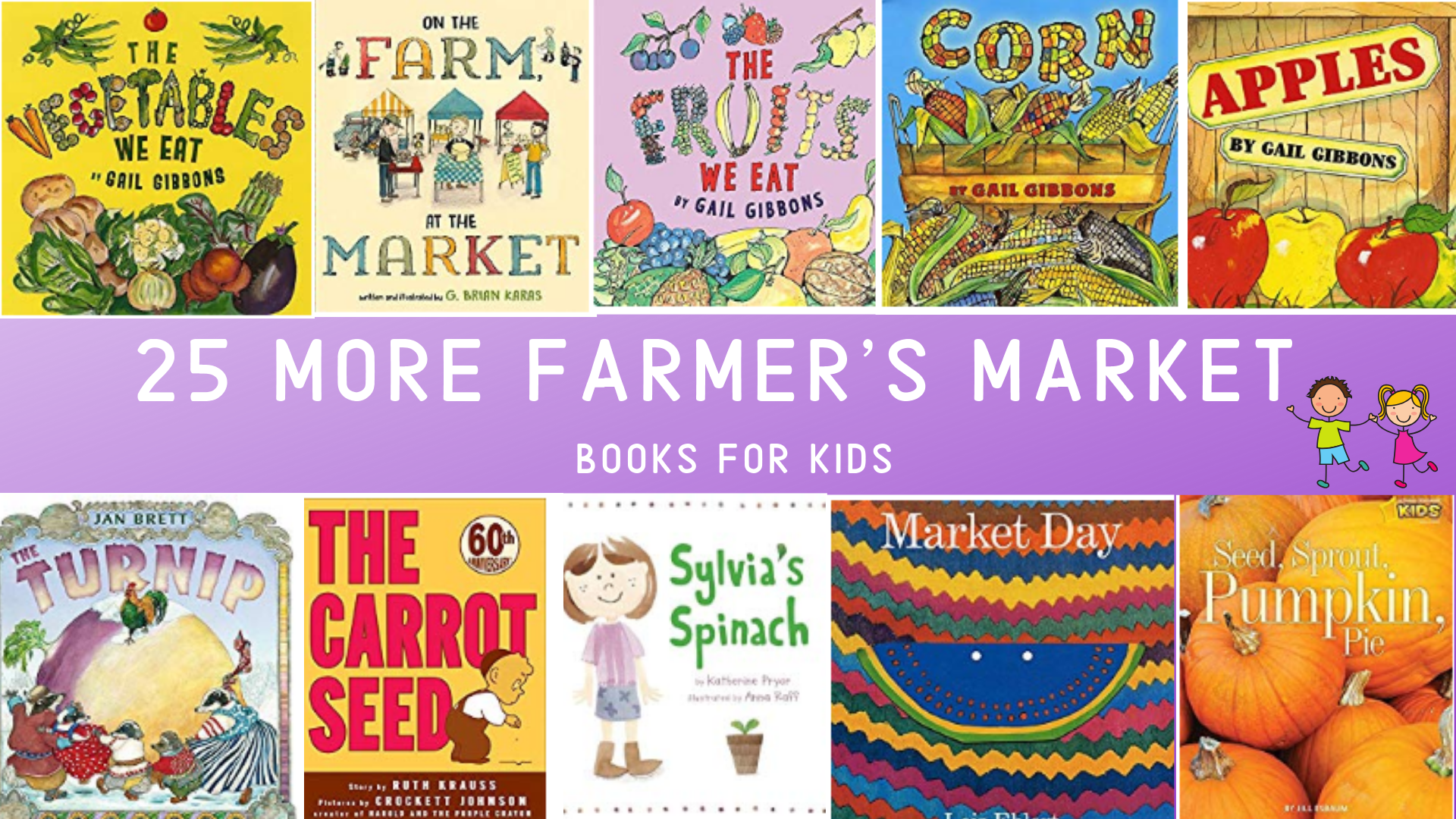Maple Syrup
FREE Resources Exploring “Maple Syrup”
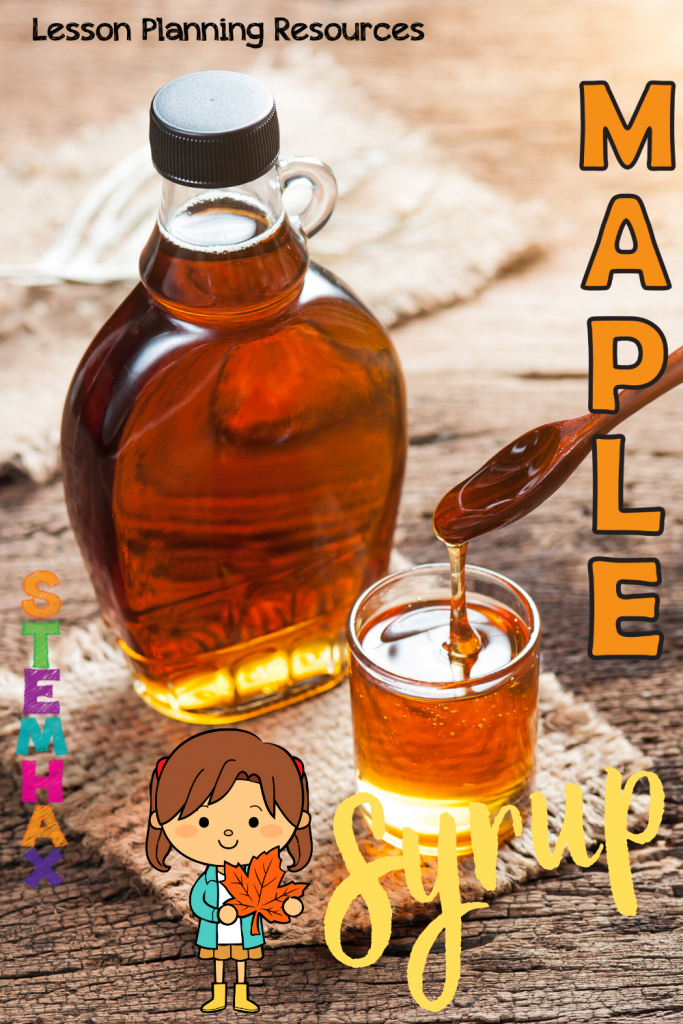
When I was a little girl, I can remember in the early spring my grandparents always had metal buckets hanging from their maple trees. One year, when I was old enough to be curious, I asked what they were for and why the buckets were not on the tree all year long? My grandfather informed me that one of his neighbors would tap all the maple trees in the neighborhood to collect the sap. Lots of questions followed and his patience with my youthful curiosity brings a smile to my face as I type these words. The biggest take away I remember thinking was how much sap it took to make maple syrup.
Today, the sight of metal buckets hanging from maple trees has almost become a pastime with the improvements of technology. This blog is to share with you some information I gathered about maple syrup. I dug into the archives at the Library of Congress for history, found some cool videos, gathered some book recommendations and went on a field trip to a modern day sugar house. I believe you will find this information helpful.
A North American Tradition
According to MassMaple.org there was an Iroquois Chief who threw his tomahawk into a maple tree one evening in the early Spring. When he awoke in the morning it was a warm sunny day, and there was lots of sap on his tomahawk. Can you imagine such a discovery? There are many primary documents with accounts from explorers, who sketched pictures in their journals of Native Americans, collecting and make maple syrup as far back as the 1500s.
I found these pictures in the documents online at the Library of Congress. They are nostalgic and a little closer in the historic evolution of maple syrup production.
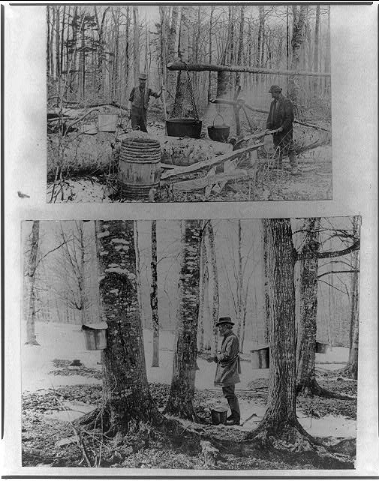
Gathering sap from maple tress was something that was fun for friends and family to partake in doing every year. It was a social event and took some serious man power.
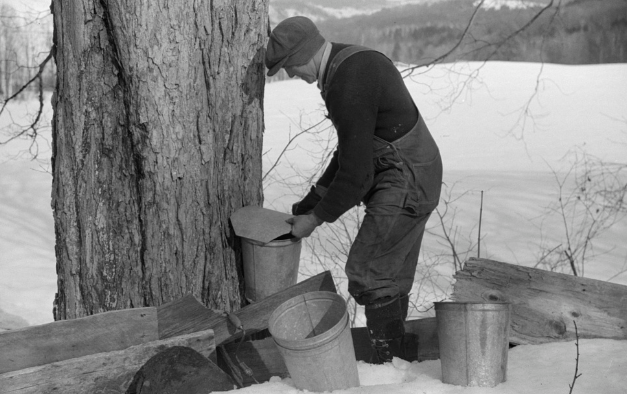
This picture is of a farmer, Frank H. Shurtleff of North Bridgewater, Vermont. He owned 2,000 trees that he would tap yearly. Did he own 2,000 buckets?
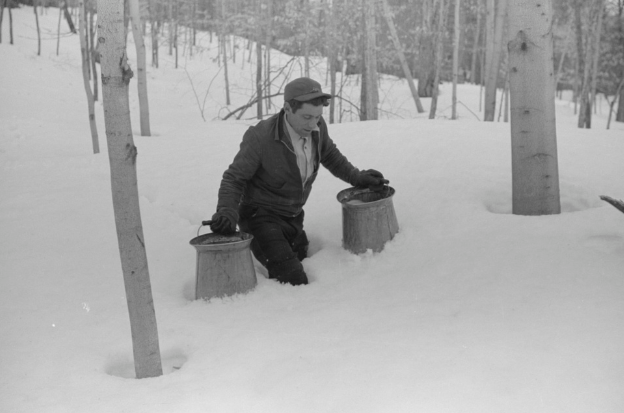
This particular winter in 1940, Frank only tapped about 1,000 of his trees because of all the snow. When I look at this picture all I can think is, “It takes about 40 gallons of sap to make one gallon of maple syrup.”
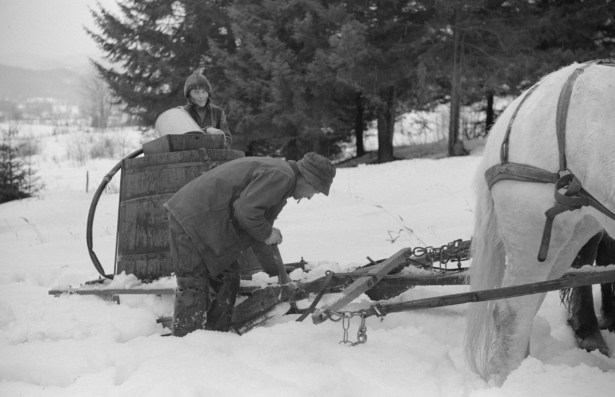
After trudging through all the waist high snow, the friends, family and hired help would pour the sap into a large vat on a horse drawn sled. Then walk to the next tree to gather another hanging bucket of sap. When the vat was full it was off to the sugar house to boil the sap and make some maple syrup.
Over the years technology has changed the process of collecting sap and making maple syrup. Although, there are many improvements the process still takes work. We visited Lamothe’s Sugar House in Burlington, CT to enjoy a tour of how a maple syrup farmer works today. During the sap harvesting months Rob Lamothe gives demonstrations, of the evolution, and how he started farming sap in the 1970s to his modern production techniques of maple syrup making.

Rob explains how he began with a metal spile and bucket in the 1970’s. He continued to share, how today he uses over 15 miles of plastic tubing to harvest the sap.

Cruising CT news did a video segment about the Lamothe’s, who are the largest maple syrup producer in Connecticut. Watching this quick video segment will give a better understanding of how Rob makes his yummy maple syrup. It is yummy, I speak from my experience!

This tree did NOT die from harvesting sap. Tapping maple trees, when done correctly, does not harm them in any way. New England winters can be rough and this tree was close to a paved road, This maple succumbed to the salt from snow removal and treatment of the roads.

Rob really does a great job entertaining and sharing the history of maple syrup making. I thought it was neat to know that early spiles were made from Sumac. Here is a link for instructions on how to make a spile, if you ever found the need to make one.

Books for Kids
Now that we have learned a little about the history of maple syrup, here are some great resources to introduce kids to learning more. Starting with books is my favorite way to introduce children, to any and every topic. There are so many books and I have picked books kids would enjoy reading that have a maple syrup element.
Hint: We recommend previewing all videos before sharing with children.
If You Give a Pig a Pancake – Read Aloud
If You Give a Pig a Pancake written by Laura Numeroff is surly becoming a classic. Kids love this book and the exciting sequencing of events that happen if you give a pig a pancake. Enjoy the beautiful illustrations and when you are done reading this book, why not make some pancakes.
Lady Pancake and Sir French Toast – Read Aloud
Lady Pancake and Sir French Toast written by Josh Funk will have your kids on the edge of their seat. When Lady Pancake and Sir French Toast realize there is only one drop left of maple syrup, it’s a race to the bottle. The illustrations in this book are great and kids will love reading it more than once!
Videos
Videos are another great way to incorporate technology.
The fist video is from SciShow Kids, one of my favorite kid YouTube Channels. This is also a great video to watch if you are going to explore maple syrup by using the jelly bean science experiment. (We used maple syrup as one of the testing ingredients)
The next video shows the modern production of how maple syrup is made. It may be too technical for younger audiences, but is great for discussion or teach the teacher.
Before making pancakes you might like reading this book or watching this episode about making maple syrup called Curious George Makes Maple Syrup. This classic character brings a smile to young and old. It is fun to see how curious this little guy is as he discovers how maple syrup is really made.
And finally, a production by Highlights Kids. This video is narrated by children. The process is condensed into about a two minute segment.
After all this talk about maple syrup, I’m getting hungry. Growing up, we always had the maple syrup with added chemicals. As an adult, once I tried the real thing I was hooked. There are so many things that can incorporate maple syrup. There is maple buttered popcorn, fudge, or you might try making our easy version of the Hot Cross Buns (good anytime of the year) we used the maple syrup, we purchased on the tour, as a dipping sauce for the buns, YUMMY!!!
Additional FREE Resources
The last few resources are from some of my peers at Teacher Pay Teacher. Even if you are not a traditional classroom teacher, any caregiver can download free and/or purchase these teachers created resources from the TpT website.
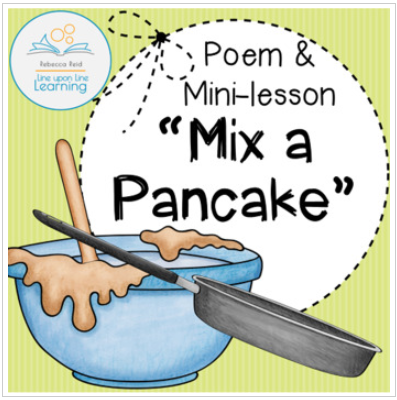
This is a poem written by the English Poet Christina Rossetti (1836-1894) called Mix a Pancake. Poetry is wonderful and could be incorporated throughout the school year. This free download it simple and perfect. The poem is brilliant and perfect for teaching verbs, compare and contrast, cooking and shades of meaning. Rebecca Reid has included two versions of this poem one color and one black and white. In addition to lesson ideas. This is perfect to go with a maple syrup lesson! Thanks Rebecca!
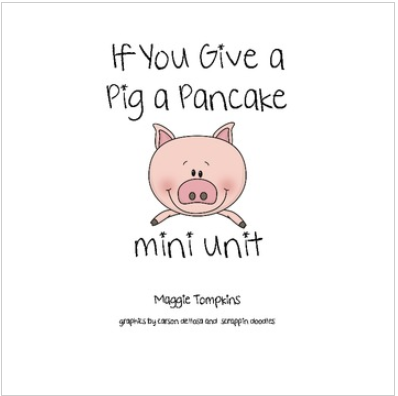
Finally, this freebie is from STEMHAX and it is a free no-prep fun activities. This download includes a word search, tube puzzle, maze and a dot to dot puzzle. Kids love to do these kinds of activities and they are reinforcement as well. These are excellent for early finishers. As teachers who sell and make free products on Teachers Pay Teachers we appreciate when you leave feedback on the items downloaded, thank you!
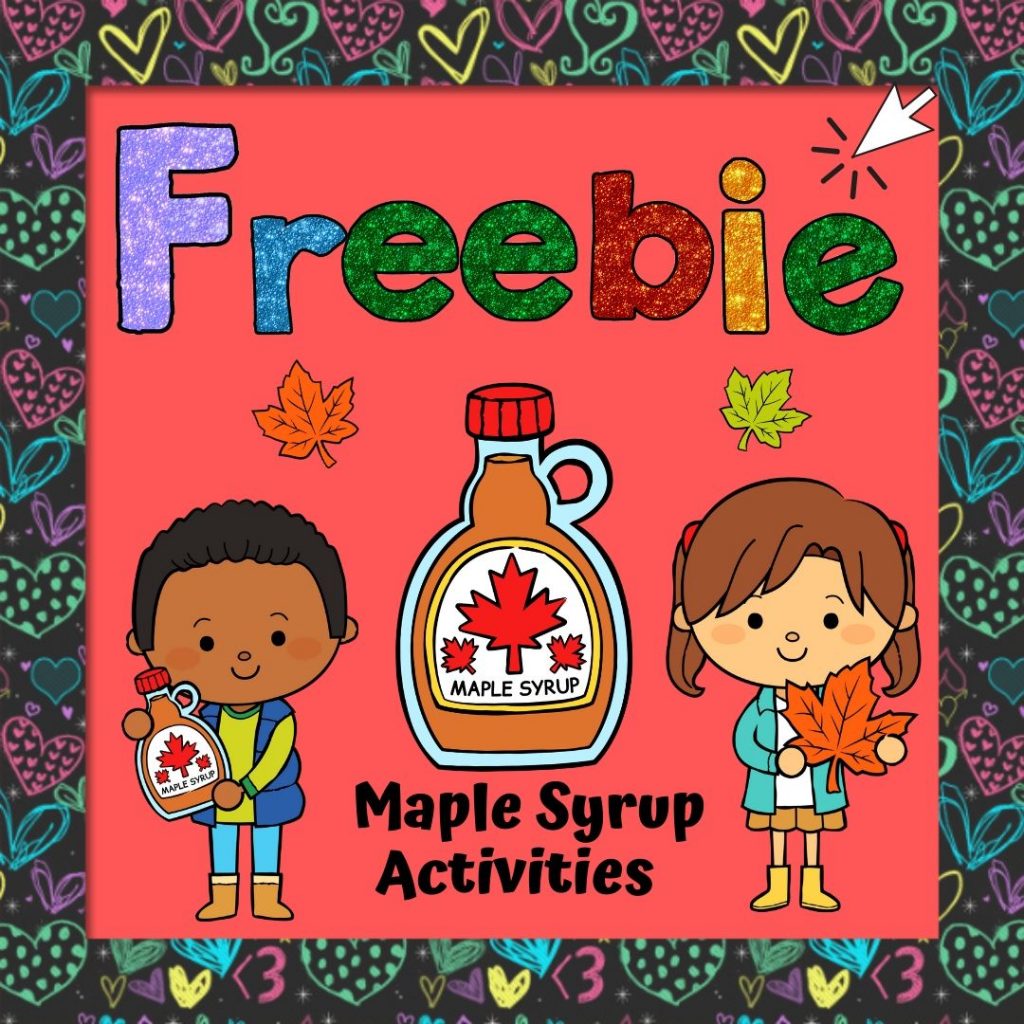
If you like these free resources please consider following these teacher creators. They are always developing new and cool things, for you and I, to share with young learners.
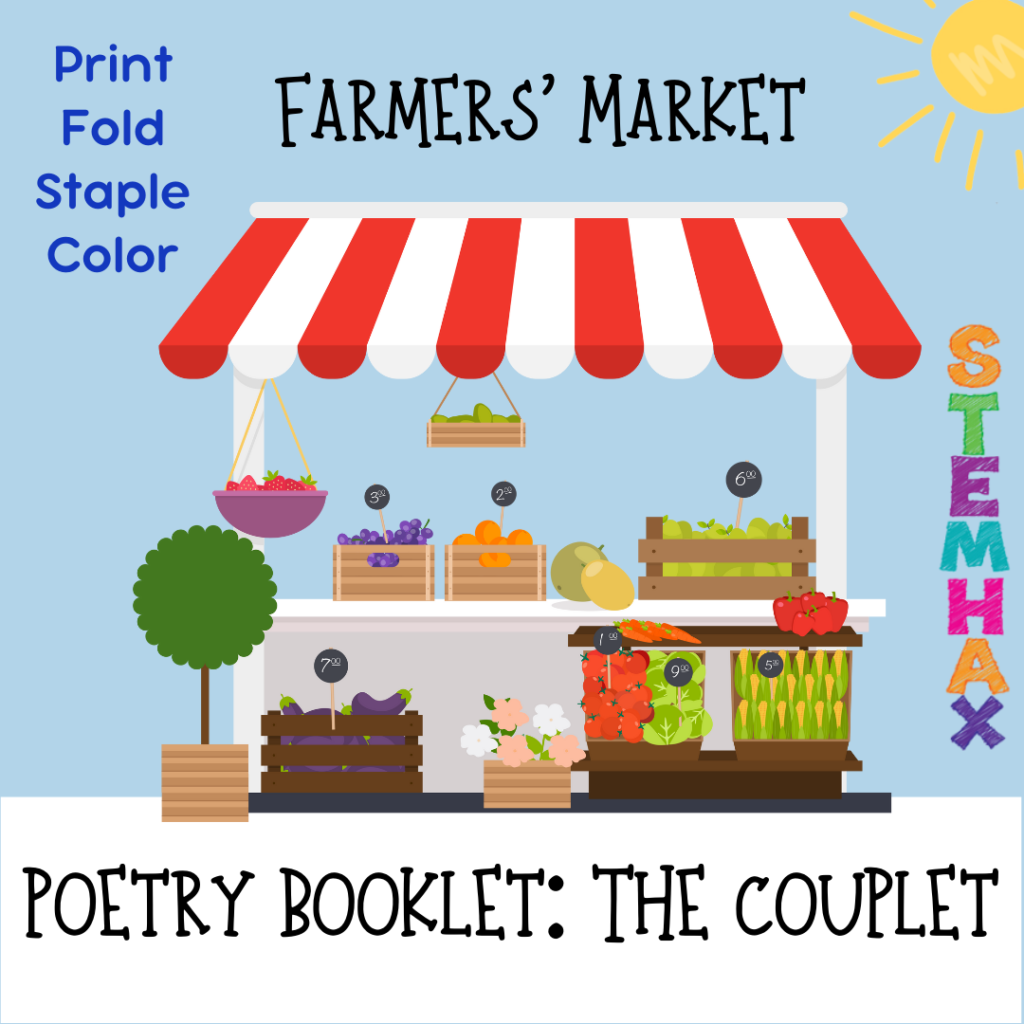
Thank you for reading about maple syrup. This blog was written as part of the guide for our Farmers’ Market series. We look forward to bringing you more fun resources. Have a wonderful day. See you soon!
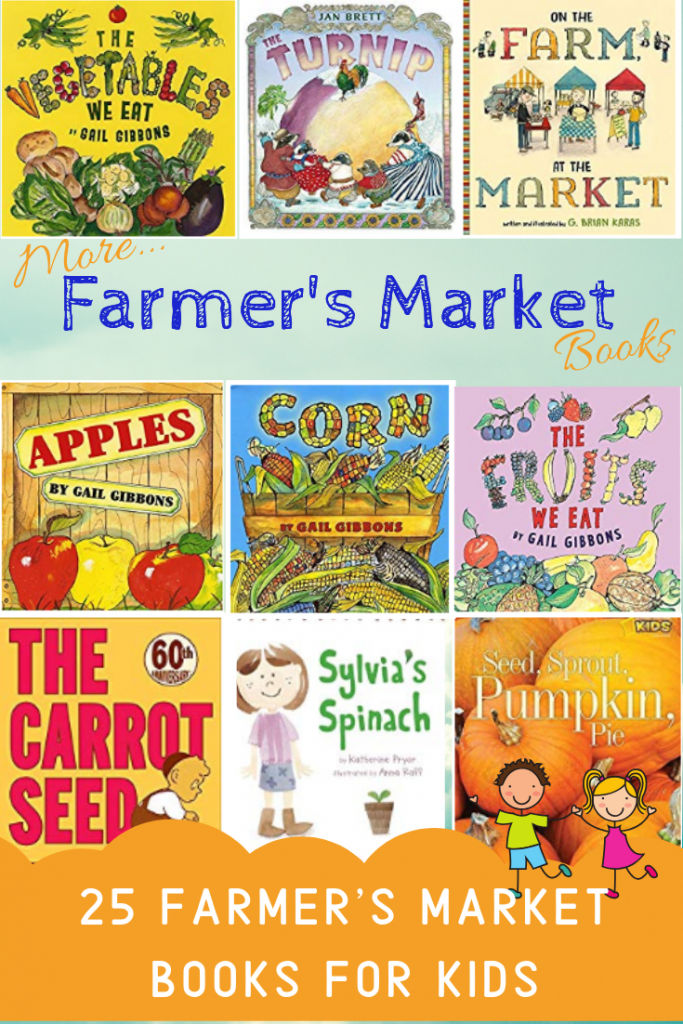
This post contains affiliate links; if you make a purchase, I may make a small commission at zero cost to you. THANK YOU!!
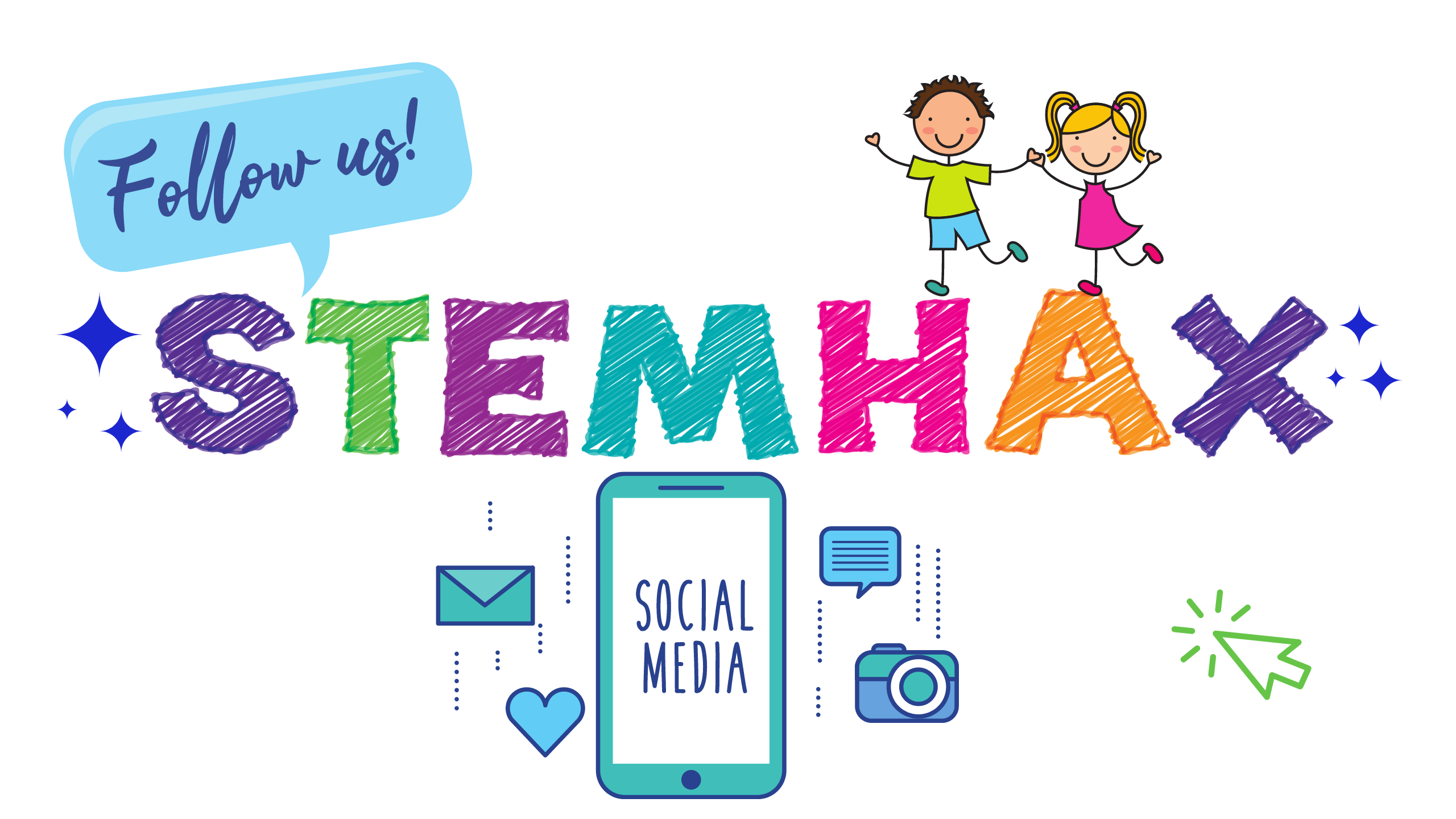
Join our e-mail list for new book spotlights, giveaways and more. We will never sell or share your contact information. Unsubscribe at any time.


